

- RFQ
- BOM
-
Contact Us
Tel: +86-0755-83501315
Email: sales@sic-components.com
- Chinese
- English
- French
- German
- Portuguese
- Spanish
- Russian
- Japanese
- Korean
- Arabic
- Irish
- Greek
- Turkish
- Italian
- Danish
- Romanian
- Indonesian
- Czech
- Afrikaans
- Swedish
- Polish
- Basque
- Catalan
- Esperanto
- Hindi
- Lao
- Albanian
- Amharic
- Armenian
- Azerbaijani
- Belarusian
- Bengali
- Bosnian
- Bulgarian
- Cebuano
- Chichewa
- Corsican
- Croatian
- Dutch
- Estonian
- Filipino
- Finnish
- Frisian
- Galician
- Georgian
- Gujarati
- Haitian
- Hausa
- Hawaiian
- Hebrew
- Hmong
- Hungarian
- Icelandic
- Igbo
- Javanese
- Kannada
- Kazakh
- Khmer
- Kurdish
- Kyrgyz
- Latin
- Latvian
- Lithuanian
- Luxembou..
- Macedonian
- Malagasy
- Malay
- Malayalam
- Maltese
- Maori
- Marathi
- Mongolian
- Burmese
- Nepali
- Norwegian
- Pashto
- Persian
- Punjabi
- Serbian
- Sesotho
- Sinhala
- Slovak
- Slovenian
- Somali
- Samoan
- Scots Gaelic
- Shona
- Sindhi
- Sundanese
- Swahili
- Tajik
- Tamil
- Telugu
- Thai
- Ukrainian
- Urdu
- Uzbek
- Vietnamese
- Welsh
- Xhosa
- Yiddish
- Yoruba
- Zulu
- Kinyarwanda
- Tatar
- Oriya
- Turkmen
- Uyghur
Electronic Parts Of A Car
Contemporary vehicles embody intricate systems that seamlessly incorporate a diverse range of electronic elements, enabling capabilities that surpass simple point - to - point transportation. Handling everything from safety systems to entertainment, engine control, navigation, and more, these electronic elements have become a crucial part of the automobile.
Automotive electronics' ascent has spurred an unparalleled proliferation of components housed within vehicles. These contain but are not constrained to sensors, actuators, electronic control units, power electronics, communication networks and user interface components.
In automotive systems, sensors have become an inseparable part of today’s vehicles. Offering crucial real - time information that contributes to safety, comfort, functionality, and efficiency, sensors are imperative for the car. Pressure sensors are used to measure multiple pressures within the brake system, engine, tires, etc. Temperature sensors are important in monitoring coolant temperature, cabin temperature, engine temperature, and oil temperature. Proximity sensors, frequently employed within parking assistance systems, identify objects in close proximity and furnish drivers with feedback, thereby aiding in collision prevention. Speed sensors are used to estimate the speed of multiple elements such as transmission output, engine speed, and wheels. Oxygen sensors are found in the exhaust system and measure the oxygen levels in the exhaust gases, enabling the engine control unit to regulate the fuel mixture for optimized combustion. Position sensors are utilized to find the position of multiple elements such as crankshaft, camshaft, throttle, etc. Light sensors can automatically control headlights based on ambient light levels, improving convenience and safety. Rain sensors are utilized to handle windshield wipers by adjusting their speed as per rain intensity. Inertial sensors like gyroscopes and accelerometers are used in stability control systems to detect the vehicle’s orientation and motion.
Actuators are the mechanisms that transform electrical signals into physical actions, like solenoids and motors. They play a vital role in making the car perform various functions based on the commands received from the control units. For example, in an automatic transmission system, actuators are responsible for shifting gears smoothly by acting on the mechanical components in response to electronic control signals.
Electronic control units like body control modules (BCMs) and engine control units (ECUs) are the brains of different vehicle systems. The ECU, for instance, manages numerous functions of the engine. It collects data from a multitude of sensors such as those measuring engine speed, throttle position, and air - fuel ratio. Based on this data, the ECU calculates and sends out signals to actuators like fuel injectors and ignition coils to optimize engine performance, ensuring efficient fuel combustion, proper engine idling, and good power output. The BCM, on the other hand, controls functions related to the vehicle body, such as door locks, power windows, and interior lighting. It coordinates these functions, often in response to user inputs from switches and remote controls.
Power electronics within the vehicle, such as inverters and voltage converters, manage and transform electrical power. In hybrid and electric vehicles, inverters are crucial as they convert the direct current (DC) stored in the battery into alternating current (AC) required to drive the electric motors. Voltage converters, on the other hand, ensure that different electrical components in the vehicle receive the appropriate voltage levels. For example, they can step down the high - voltage from the battery to a lower voltage suitable for powering the vehicle's electronic control units and other low - voltage devices.
Communication networks in vehicles, through protocols such as CAN (Controller Area Network) bus, FlexRay, LIN (Local Interconnect Network), and Ethernet, allow intra - vehicle communication. The CAN bus, which is widely used, enables different electronic control units in the car to communicate with each other. For example, the ECU can share engine - related data with the transmission control unit so that the transmission can adjust gear shifts according to the engine's power output. FlexRay is often used in applications that require high - speed and deterministic communication, such as in advanced driver - assistance systems. LIN is a lower - cost network used for connecting less - critical components like door modules and window regulators. Ethernet is increasingly being adopted for its high - speed data transfer capabilities, which are essential for applications like in - vehicle infotainment systems and advanced sensor data sharing.
User interface components like buttons, touchscreens, and display units enable human interaction with the vehicle’s systems. Touchscreens in modern cars serve as the central interface for controlling various functions, from adjusting the radio station to setting the navigation destination. Display units, such as digital instrument clusters, provide important information to the driver, including speed, fuel level, and engine status. Buttons on the steering wheel allow the driver to control functions like audio volume and cruise control without taking their hands off the wheel, enhancing safety.
In modern vehicles, the wide range of electronic elements serves multiple crucial roles. They offer enhanced control, as the vehicle can optimize its efficiency, emissions, and performance via ECUs and numerous sensors. Different driving conditions and styles can be adapted by advanced control techniques. They also increase safety, as attributes such as electronic stability control (ESC), airbag control units, and anti - lock braking systems (ABS) depend on electronic components for real - time decision - making and execution. Electronic elements improve comfort and convenience, from climate control systems to advanced infotainment options. They offer navigation and connectivity, with GPS modules, wireless communication interface, and Ethernet enabling vehicles to be part of a wider connected ecosystem, offering navigation aids and allowing characteristics such as remote diagnostics. In electric and hybrid vehicles, power electronic elements handle the flow of energy between motors, batteries, and other loads, playing a pivotal role in energy management. Advanced electronic systems, capable of independently sensing, deciding, interpreting, and executing driving functions, are also pivotal for the evolution of autonomous driving.
At SIC, we specialize in delivering cutting-edge electronic components that redefine automotive performance, safety, and efficiency. Our extensive range includes high-precision sensors (temperature, pressure, and proximity), intelligent ECUs for seamless engine and body control, advanced power electronics (SiC MOSFETs, inverters), and robust communication modules (CAN/LIN/Ethernet). Crafted with rigorous quality standards, our parts ensure optimal compatibility with modern vehicles, from ICE to electric and hybrid models.
Why choose SIC?
Innovation: Harness breakthroughs like Silicon Carbide (SiC) technology for low power loss, high-temperature resilience, and extended EV range.
Reliability: Built to withstand harsh environments, our components guarantee stable performance and long lifespan.
Versatility: Solutions for ADAS, infotainment, and energy management, driving the future of smart mobility.
Trust SIC to power your vehicles with electronics that combine precision engineering and sustainable design. Elevate your automotive experience—choose SIC for excellence in every part.
Drive smarter, drive with SIC.
https://www.sic-components.com/category-all

Hot Products
View MoreRelated Blogs

2000+
Daily average RFQ Volume

30,000,000
Standard Product Unit

2800+
Worldwide Manufacturers

15,000 m2
In-stock Warehouse



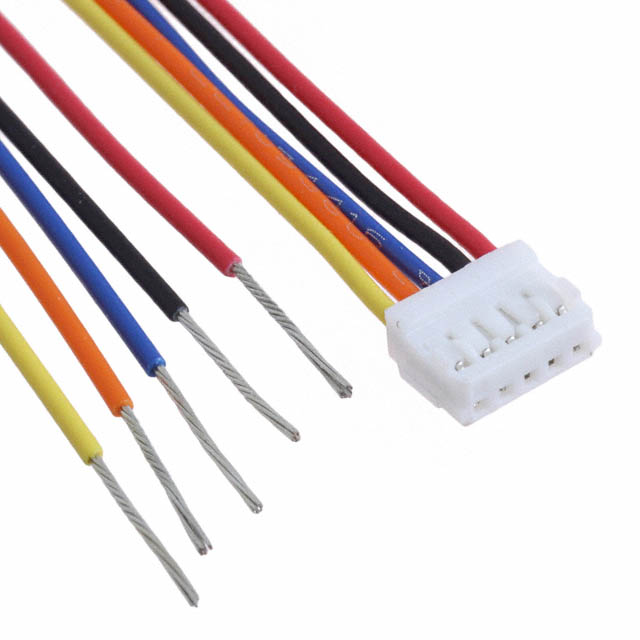

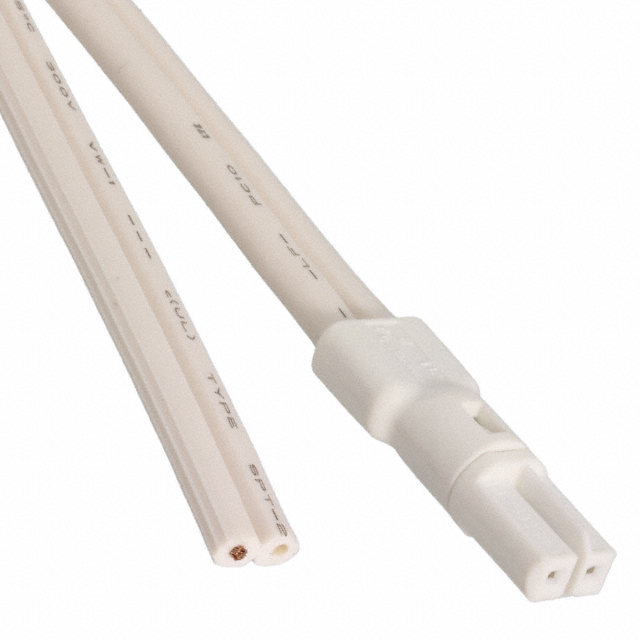
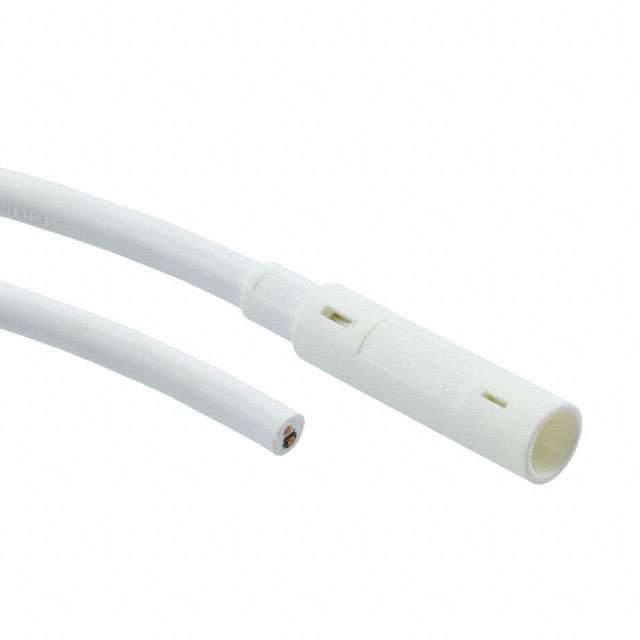

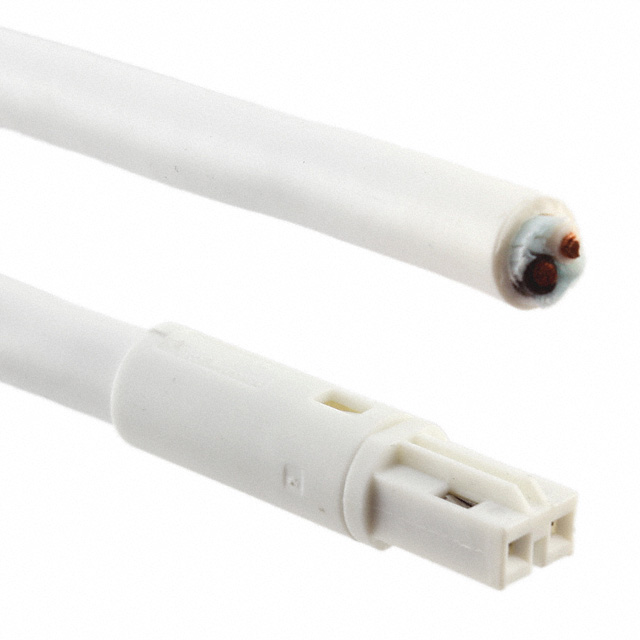
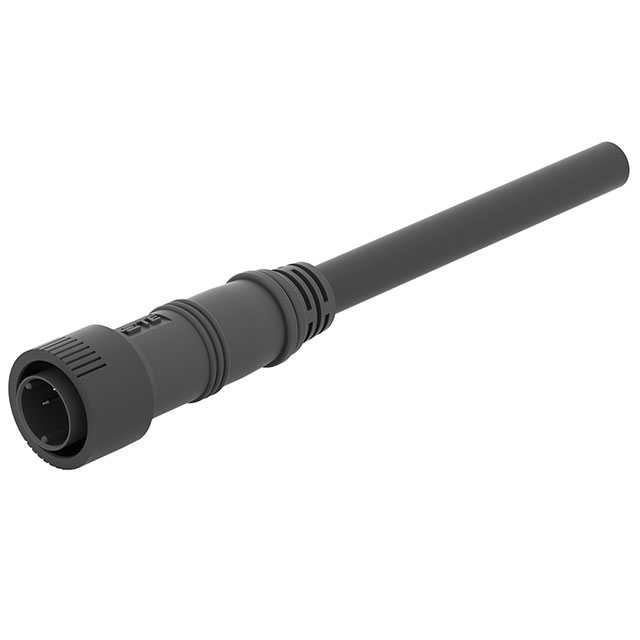
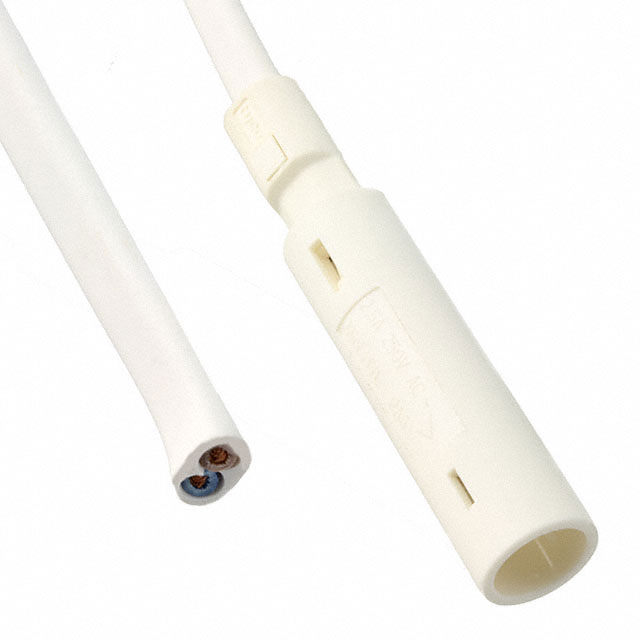









 Wishlist (0 Items)
Wishlist (0 Items)